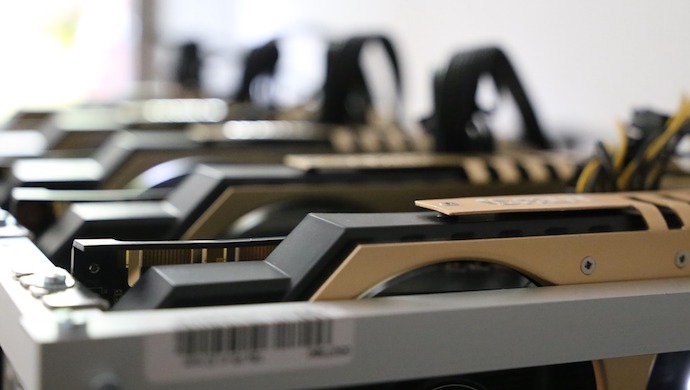The region is set to become “Blockchain Valley” given the benefit of crypto for the underbanked and smart contracts for secure transactions

While most cryptocurrencies have become interesting financial assets, the real purpose of crypto is to serve as a viable alternative to fiat currencies for transactions. While cryptocurrencies offer a huge improvement in security, speed, and safety over traditional bank and consumer transactions, their price instability to date has hindered them from making sense for the everyday public use.
Due to its flexibility and security, the technology has already started to move out of the crypto-sphere, moving into industrial applications where blockchain ledgers can greatly simplify complicated tasks automatically while providing proof that a task has been completed.
Much of this blockchain innovation is happening outside of the usual tech haunts of California, however, and in small offices on the other side of the Pacific. Southeast Asia has embraced the technology in a manner no other region has, with all sorts of blockchain applications appearing from startups in the part of the world. With the strong industry that the area possesses, Southeast Asia is proving to be the go-to spot for blockchain development.
Also read: 4 ways blockchain tech is revolutionising the influencer economy
As mentioned previously, blockchain’s cryptocurrency application provides a huge improvement in security, speed, and safety when compared to traditional transaction services. In addition, cryptocurrencies allow for long distance exchanges of value with smaller transfer and exchange fees.
These also happen to be particularly important aspects of successful companies in the remittance industry, a market that currently is worth around $128 billion in Southeast Asia. In the Philippines alone, where the market is the third largest in the world, the industry is worth nearly $33 billion.
This marks a clear need for stable cryptocurrencies that can simplify these transactions not only for members of the Southeast Asian communities, but also other markets abroad where remittance remains important to national economies.
Stablecoins are a new trend in cryptocurrencies that attempt to solve the stability problem that has hampered the technology since its creation and release. These coins can use a variety of methods, such as complex economic algorithms that regulate supply and demand, to achieve this effect, but the most popular method thus far has been collateralization in real-world assets.
The logic is that by pegging cryptocurrencies to real-world assets, their stability will reflect that of the real world. While in theory, the idea sounds good, its execution has not been without bumps. One of the first applications of this method was Tether, a cryptocurrency that pegs itself to the US dollar. Tether has come under increased scrutiny from the cryptocurrency community as it has not published audits of its bank accounts and was recently subpoenaed by the SEC.
Also read: When will cryptocurrencies go mainstream? Only when one of them offers a stable price
The Tether example has shown that in order for a stablecoin to succeed, it must have exceptional transparency. That is where a new startup currency called TrueUSD is planning to capitalize. TrueUSD offers guaranteed, 100% collateralization in US dollars. TrueUSD was launched on the Bittrex cryptocurrency exchange on Monday.
To back this up, TrueUSD offers unparalleled access to information for those interested in the asset through regular, transparent attestation of the funds that provide the collateral for the tokens. TrueUSD is built on a proprietary legal structure that provides assets holders with legal protections over their tokens. Together, these account for an immense amount of security and potential for stability required to make a successful stablecoin.
One of the most unique features of TrueUSD is its legal structure, which allows for users to have claimable rights over their crypto assets. In collaboration with law firms Cooley and WilmerHale, the company has designed a proprietary legal structure based on trusts.
The company has developed a wide network of fiduciary, banking, and compliance experts to assist in making sure the currency is always 100% collateralized by real US dollars and that transparent attestation are available monthly to those interested in the asset. Altogether, this American startup is poised to challenge a number of the homegrown companies currently capitalizing on the enormous remittance market in the Southeast Asian region. TrueUSD could be sent across borders in minutes, for much less than the current cost of sending a wire.
As Southeast Asia emerges for its remittance market being a mecca for blockchain developers, it will be important to keep your eye on which companies can succeed in providing a stable, secure, and efficient method of payment that can best current methods of payment.
While homegrown stablecoins from the region are making headway, it will be important to watch strong players in the industry, offering exceptional services that can cater to the needs of the remittance economy.
—-
Editor’s note: e27 publishes relevant guest contributions from the community. Share your honest opinions and expert knowledge by submitting your content here.
The post Southeast Asia is capitalising on crypto and blockchain tech better than other regions appeared first on e27.